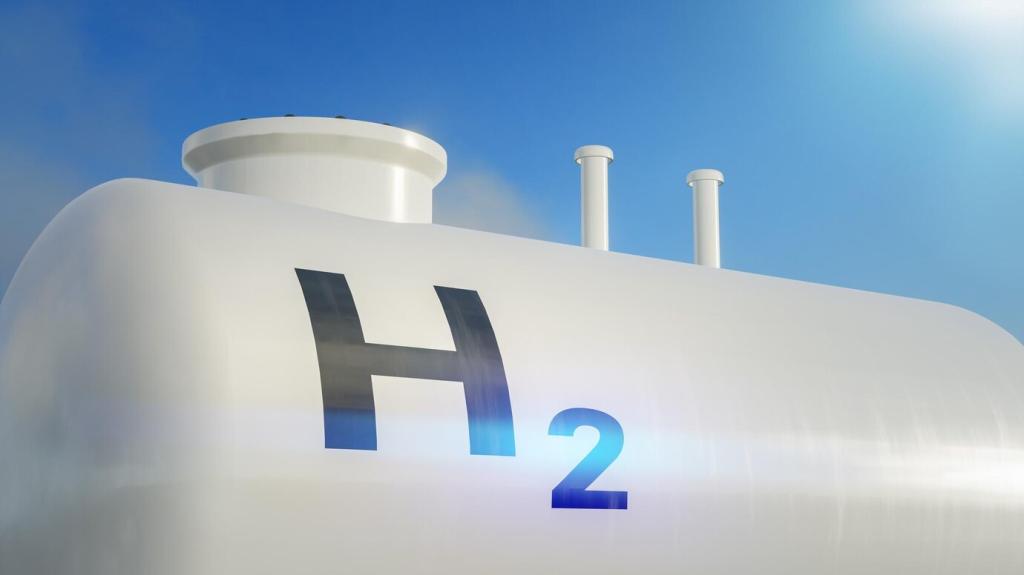
Renewable Energy Solutions for Homes
Renewable energy solutions are transforming the way homeowners power their lives by offering cleaner, more sustainable alternatives to traditional energy sources. By harnessing the natural power of sources such as the sun, wind, and earth, households can reduce utility bills, decrease carbon footprints, and gain greater energy independence. As technologies advance and costs decrease, incorporating renewable energy systems into residential spaces has become more accessible than ever, enabling families everywhere to contribute meaningfully to a greener future without compromising comfort or reliability.

Photovoltaic solar panels are designed to capture sunlight and convert it directly into electricity for residential use. By mounting these panels on rooftops or other sun-exposed areas, homeowners can produce enough electricity to power appliances, lighting, and even electric vehicles. Depending on climate, orientation, and system size, a properly designed PV system can often meet a significant portion of a household’s energy needs. Excess energy can typically be sold back to the grid, further reducing costs and providing a source of passive income for some. Combining energy efficiency upgrades with PV installations amplifies the benefits, making this an attractive choice for sustainable living.

Solar water heating systems utilize solar collectors, often installed on rooftops, to heat water for domestic use. These systems can dramatically reduce the energy consumed by traditional water heaters, which are significant contributors to household energy bills. There are two main types: active systems, which use pumps and controls, and passive systems, which rely on natural convection. Both harness the sun’s thermal energy, providing hot water for showers, laundry, and dishwashing, even during cloudy days with the help of insulated storage tanks. Not only do solar water heaters reduce operating costs, but they also extend the lifespan of conventional water heaters by reducing usage, making them both a cost-effective and environmentally friendly option.

Battery storage systems are an important component of any solar-powered home, enabling the storage and usage of excess energy generated during sunny periods. Modern batteries, such as lithium-ion models, offer improved efficiency, capacity, and lifespan, providing reliable backup power during evenings or outages. By integrating battery storage with a solar PV array, homeowners gain greater energy independence, ensuring continuous supply regardless of fluctuations in sunlight or grid disturbances. Additionally, advanced management systems allow for monitoring usage and optimizing when stored energy is deployed, allowing users to take full advantage of time-of-use rates and further reducing utility bills, while enhancing system resiliency.
Previous
Next
Geothermal Heating and Cooling
Ground Source Heat Pumps
Ground source heat pumps form the heart of most residential geothermal systems, utilizing buried loops to move heat between the ground and the home. In winter, the pump extracts geothermal warmth, delivering it indoors for space heating. In summer, the process reverses, drawing excess heat from the house and dissipating it underground to provide cooling. Because ground temperatures remain relatively constant, ground source heat pumps operate with remarkable efficiency, often delivering up to four units of energy for every unit consumed. This translates to lower operating costs and a reduced environmental impact, making them one of the most sustainable climate control options available.
Geothermal System Installation Process
Installing a geothermal system involves comprehensive site evaluation, precise design, and professional installation of underground loops, which can be either horizontal, vertical, or pond/lake-based depending on land availability and soil conditions. After preparing and installing the pipe network, technicians integrate the heat pump and distribution system within the home. The process is typically completed within several weeks and includes testing to ensure optimal performance and minimal disruption to the landscape. While geothermal installations require a higher initial investment, government incentives and financing options help offset costs, and, thanks to their efficiency, homeowners can expect to recoup expenses through utility savings over time.
Environmental and Economic Benefits
Geothermal heating and cooling systems offer a range of substantial benefits beyond immediate energy savings. By shifting away from fossil fuel-based systems, households reduce greenhouse gas emissions and reliance on nonrenewable resources. Long system lifespans, minimal maintenance requirements, and the absence of on-site combustion further contribute to their eco-friendly profile. Economically, geothermal systems buffer homeowners against rising fuel prices and volatile energy markets, offering predictable operating costs for decades. The technology also enhances property value and supports local workforce development through skilled green jobs, aligning ecological stewardship with financial advantages.
